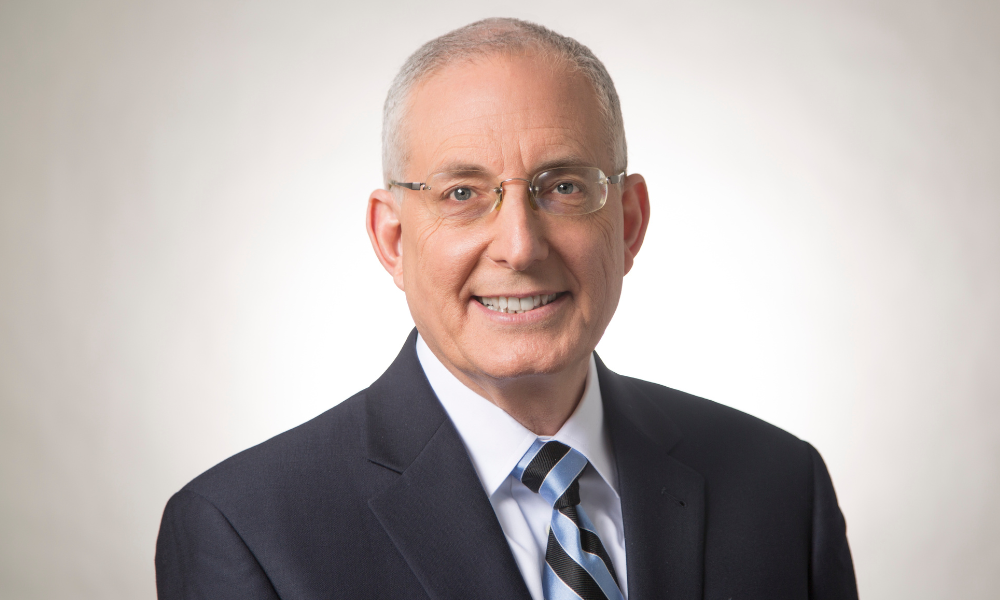

The election and all its uncertainty is over. The end of 2024 is quickly approaching.
It's time to think about retirement tax planning before a new year and new administration sweep in.
Better yet, time to check in with retirement expert Ed Slott and hear his thoughts.
“It looks like a pretty good shot that the tax cuts will be extended for several more years,” said Slott, founder of Ed Slott and Company. “That gives people more time to pull money out of their retirement accounts at these historically low tax rates and big brackets.”
That doesn’t necessarily mean one must complete a Roth conversion before the ball drops in Times Square. There is no deadline for a Roth conversion to be completed. Still, if one wants the conversion to count for this year, then the money needs to leave the IRA in 2024.
“Before the election we were saying that after 2025, the tax cuts go away. But now you may have a bigger horizon to start stockpiling in vehicles like Roths where they grow tax free,” Slott said.
As for required minimum distributions (RMDs), Slott advises his clients to take more than the minimum. In fact, he’s a fan of pulling out the maximum amount whenever possible.
“If you don't use these low brackets, then they are wasted,” Slott said. “Even before RMDs start, which start at age 73, even in your 60s, even if it's voluntary.”
This is also the time of year when Americans think about giving to charity. And when it comes to qualified charitable distributions (QCDs), Slott said most people no longer receive tax benefits from their charitable donations because they take the standard deduction. He points out that by using the QCD, a charitably-minded person is able to transfer money out of an account without being taxed, once again taking advantage of low rates.
“The only downside about a QCD is that it's not available to enough people. It's only available to IRA owners who are 70.5 years old or older,” Slott added.
Finally, on the topic of year-end retirement tax planning moves to avoid, Slott emphatically advises against contributing to 401(k)s and IRAs.
“Why would you keep building a taxable account where when we're in a low tax rate environment?” he said.
“When I tell people to stop contributing to their 401(k)s, they always ask about the deduction. But it's not a real deduction. It's just a loan you're taking from the government to be paid back at the worst possible time, in retirement.”

Since Vis Raghavan took over the reins last year, several have jumped ship.

Chasing productivity is one thing, but when you're cutting corners, missing details, and making mistakes, it's time to take a step back.

It is not clear how many employees will be affected, but none of the private partnership's 20,000 financial advisors will see their jobs at risk.

The historic summer sitting saw a roughly two-thirds pass rate, with most CFP hopefuls falling in the under-40 age group.

"The greed and deception of this Ponzi scheme has resulted in the same way they have throughout history," said Daniel Brubaker, U.S. Postal Inspection Service inspector in charge.
Stan Gregor, Chairman & CEO of Summit Financial Holdings, explores how RIAs can meet growing demand for family office-style services among mass affluent clients through tax-first planning, technology, and collaboration—positioning firms for long-term success
Chris Vizzi, Co-Founder & Partner of South Coast Investment Advisors, LLC, shares how 2025 estate tax changes—$13.99M per person—offer more than tax savings. Learn how to pass on purpose, values, and vision to unite generations and give wealth lasting meaning
